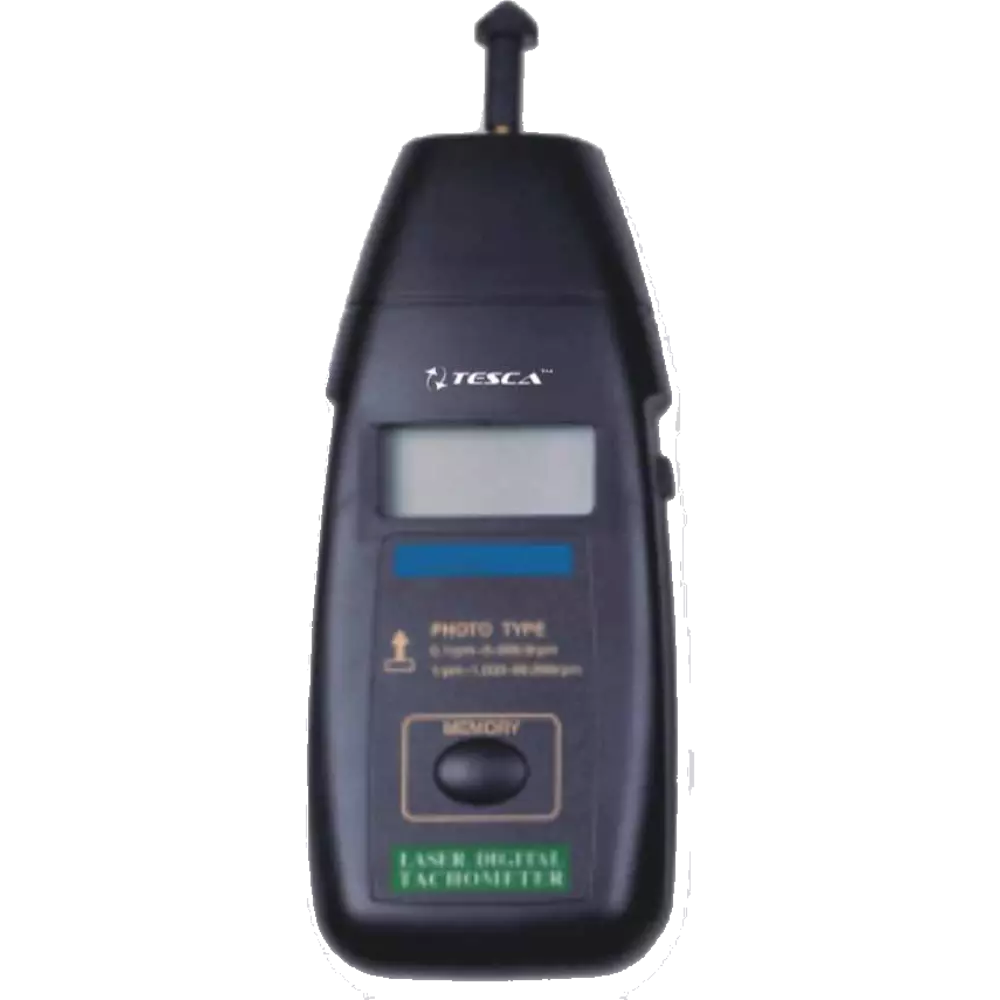Exactly how to Choose the Right Tachometer for Your Automobile or Motorcycle
Exactly how to Choose the Right Tachometer for Your Automobile or Motorcycle
Blog Article
The Relevance of a Tachometer in Checking Engine Rate and Performance in Automotive Applications
In the realm of vehicle design, the tachometer stands as a critical instrument in the motorist's arsenal, providing a direct window right into the internal workings of a car's engine. Past its function as a mere gauge of changes per minute (RPM), the tachometer offers as a vital device for lovers and professionals alike, using real-time insights into engine performance and health and wellness.
Importance of Checking Engine RPM
Checking engine RPM, or transformations per minute, is a vital element of automobile maintenance and efficiency analysis. Engine RPM straight correlates with the speed at which the engine's crankshaft turns, indicating just how swiftly the engine is running.
Moreover, keeping track of engine RPM is important for performance examination in racing and high-performance automobiles. In recap, keeping track of engine RPM is not only essential for finding problems but also for enhancing engine performance in different automobile applications.

Advantages of Real-Time Data
In automotive applications, real-time data plays a critical function in providing instant understandings right into the performance and condition of the car. By continuously monitoring numerous parameters such as engine rate, temperature level, fuel consumption, and much more, real-time information offers numerous benefits that add to boosted performance and safety when traveling.
One significant benefit of real-time data is its capability to alert motorists and service technicians to any anomalies or issues quickly. This proactive technique allows fast identification of prospective issues, allowing for prompt treatments to avoid additional damages or failures. In addition, real-time information facilitates efficiency optimization by offering prompt feedback on driving practices and engine efficiency. Motorists can change their actions in real-time based upon this details to accomplish better fuel economic situation and lengthen the life expectancy of their vehicle.

In addition, real-time data plays an essential role in modern automobile diagnostics, making it possible for professionals to rapidly identify and deal with breakdowns. This results in lowered downtime, lower maintenance costs, and eventually, boosted overall vehicle reliability and durability (tachometer). By using the power of real-time information, automobile stakeholders can make educated decisions that favorably affect both the performance and longevity of the vehicle
Influence On Gear Shifts
Effective equipment shifts in automotive applications significantly affect total efficiency and driving experience. The tachometer plays a vital role in maximizing gear shifts by providing real-time engine speed data to the chauffeur. When coming close to the redline on the tachometer, it signals the motorist to upshift to avoid over-revving the engine and triggering prospective damage. On the other hand, downshifting at the appropriate minute can assist keep the engine in its power band, guaranteeing receptive acceleration when required.
Moreover, the tachometer aids in attaining smoother equipment changes, specifically in hands-on transmissions. By keeping an eye on engine speed, vehicle drivers can execute gear shifts at the optimum RPM variety, reducing jerking movements and reducing wear on the transmission components. This precision on duty adjustments not just boosts driving convenience however likewise adds to sustain effectiveness.
Enhancing Gas Performance
Given the critical function the tachometer plays in enhancing gear shifts for performance and engine health and wellness, it straight adds to maximizing gas effectiveness in auto applications. By supplying real-time feedback published here on engine speed, the tachometer helps drivers in preserving the most reliable RPM variety for fuel economic my site climate. When motorists continually keep track of the tachometer and adjust their driving behaviors appropriately, they can prevent unneeded gas consumption caused by over-revving or lugging the engine.
Furthermore, the tachometer assists chauffeurs identify the most fuel-efficient equipment to be in at any kind of given minute, stopping the engine from working more difficult than necessary. In verdict, the tachometer serves as an important tool in enhancing fuel performance by advertising optimum driving habits and recognizing areas for enhancement in the vehicle's performance.

Making The Most Of Engine Long Life
The tachometer's function in keeping track of engine rate and performance contributes in making certain the long life of vehicle engines. By making use of the tachometer properly, drivers can maximize engine durability via conscious RPM management. Continually revving an engine expensive can cause excessive deterioration on essential parts, such as the pistons, valves, and bearings. In time, this can Related Site result in decreased engine performance and possible breakdowns. Monitoring the tachometer permits drivers to stay within the suggested RPM range for their car, stopping unneeded strain on the engine and prolonging its life expectancy.

Conclusion
Finally, the tachometer plays an important role in checking engine rate and performance in automotive applications. By providing real-time information on RPM, it permits effective equipment shifts, boosted fuel effectiveness, and maximized engine durability. This device is essential for keeping ideal engine efficiency and guaranteeing the overall capability of an automobile.
Report this page